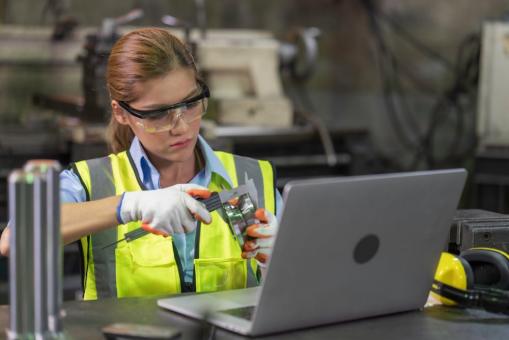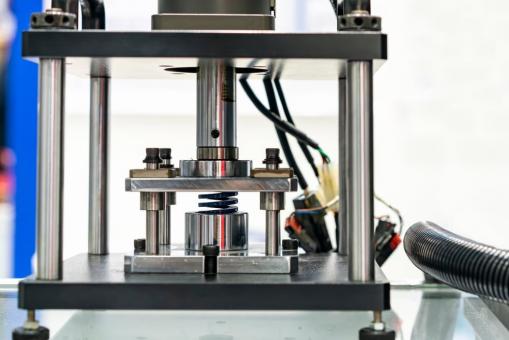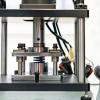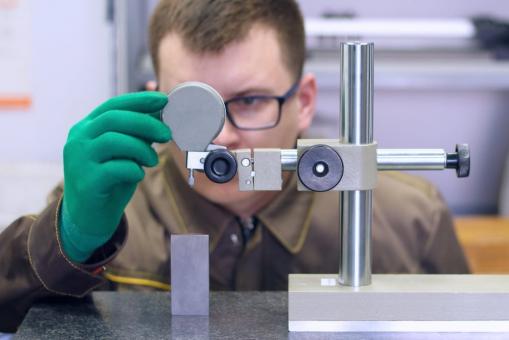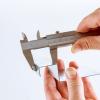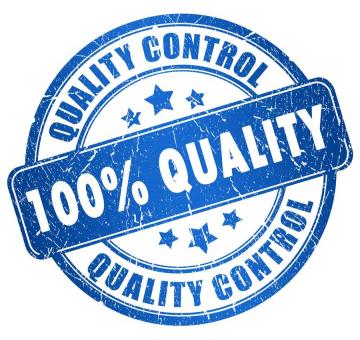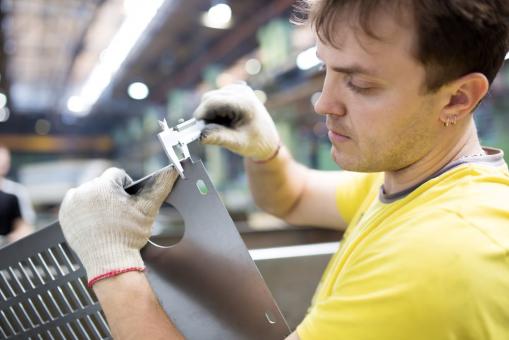Quality Assurance
We adhere to a zero-defect goal to meet the specific quality standards set by our customers. High quality begins with process control and monitoring. We combine real-time SPC with comprehensive statistical analysis for every part we produce. This process includes pre-planning evaluation, in-line process control, and off-line technical support. Our quality methodology adheres to "Advanced Product Quality Planning" (APQP) practices. Each part we manufacture follows a standard quality approval process to establish confidence in the production plan, process, and method, not only us but of our customers. This system works to ensure engineering design records are maintained, specification requirements are properly adhered to, and that the manufacturing process is repeatable while consistently meeting all print requirements. We share the data and results with every part we manufacture as part of our part submission to our customers.
Our in-house quality lab allows us to complete various in-process testing, review, and inspection requirements for almost any specification.
Quality Lab:
- In-Process Real-time SPC of Critical Dimensions
- CMM Measurement
- Micro Vue Vision Measurement
- Salt Spray Testing
- Dimensional Results Reporting
- Control Plan
- Process Flow Diagram
- Failure Mode and Effects Analysis (FMEA)
- Gage Repeatability and Reproducibility Variable Data Report
- Raw Material Chemical Composition Results
- MSDS - Material Safety & Data Report / Substances and materials
We utilize a range of quality assurance and manufacturing methods, which include:
SPC (Statistical Process Control): This is an effective method of monitoring a process through the use of control charts. Control charts enable the use of objective criteria for distinguishing background variation from events of significance based on statistical techniques. Much of its power lies in the ability to monitor both the processing center and its variation. By collecting data from samples at various points within the process, variations in the process that may affect the quality of the end product or service can be detected and corrected, thus reducing waste and the likelihood that problems will be passed on to the customer. With its emphasis on early detection and prevention of problems, SPC has a distinct advantage over quality methods, such as inspection, that apply resources to detecting and correcting problems in the end product or service.
"5S" Methodology: 5S is a philosophy and a way of organizing and managing the workspace and workflow with the intent to improve efficiency by eliminating waste, improving flow, and reducing process unevenness. This is accomplished through Sorting, Straighten, Shining, Standardizing, Sustaining, and Safety.
Poka-yoke: "Fail-Safing," "Foolproofing," or "Mistake-proofing," a method of preventing errors by putting limits on how an operation can be performed to force the correct completion of the operation.
IMDS: Registration on the "International Material Data System." This system registers declarable substances within the product specifications that may concern human health, environmental safety, and recycling.
RoHS Compliant: Known as the "lead-free directive, while a European Union directive, we review product specifications against the following six substances: Lead, Mercury, Cadmium, Hexavalent chromium (Cr6+), Polybrominated biphenyls (PBB), and Polybrominated diphenyl ether (PBDE).
Controlling the Process: Our philosophy is to "Plan and Control the Manufacturing Process." We do this with a detailed and proven pre-planning process, feasibility review, APQP tools, control plans, and detailed setup sheets. Once production begins, we rely on technology to ensure conformance to your specifications using load monitors, electronics feed systems, and in-die sensors.



